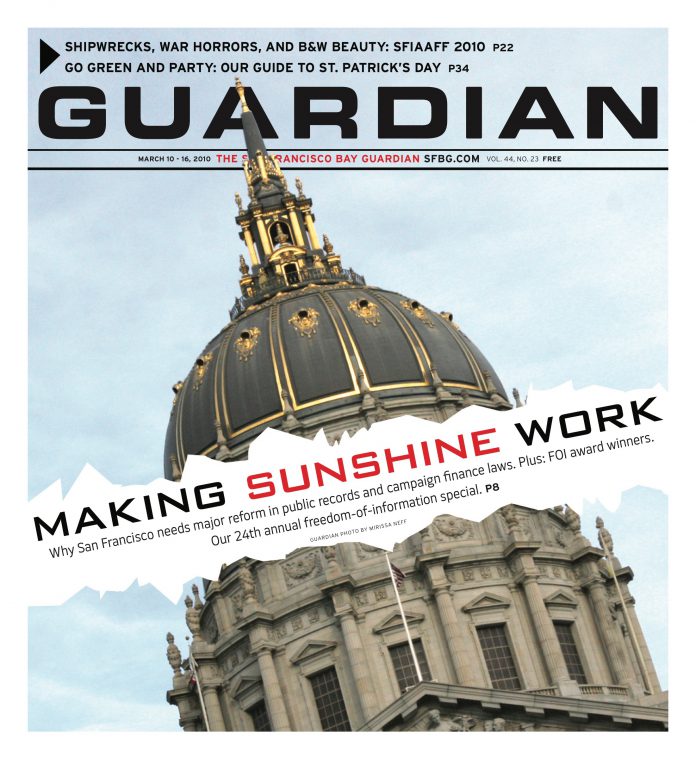By Gabriel Haaland
OPINION Last week, Mayor Gavin Newsom introduced legislation that would make it illegal for anyone to sit or lie on the sidewalk in San Francisco’s commercial corridors. The move came after an intense media campaign by the San Francisco Chronicle, which once again created a “crisis” between young street people and other residents of the Haight, much as the paper did with immigrant youth.
The crisis? Youths are sitting on the sidewalk. As a long time resident of the Haight, the dynamics I see are far more complex than that. I understand that my neighbors feel overwhelmed and upset. They want options, want solutions, and, at first blush, it seems some want to get the youths off our streets. However, citing or jailing the kids will not make them go away or improve their relationships with the rest of the community.
The real frustrations my neighbors are voicing are not primarily about whether someone is sitting on the sidewalk, but over genuine concern about violence in our neighborhood. They are looking for safety and respect; however, this legislation does not create conditions for increased safety and respect.
Most experts recognize that the criminal justice system for youths has failed, and putting people in jail for a nonviolent crime doesn’t make a lot of sense. Most of the youths on San Francisco streets come from broken homes from around the country. Some of them, LGBTQ youths in particular, are forced out of their homes and come here because we are still a beacon of hope for those who are marginalized and discriminated against.
If the criminal justice system is failing these young people, how can we address that in a way that creates real, positive change for everyone involved?
I would like to suggest a different path, one that has been wildly successful working with young people. It’s based on restorative justice principles. Restorative justice refers to a growing number of practices around the world that set out to bring together those most affected by a crime or conflict in order to understand and address the harm that has been done. At their best, these practices also support changes in the conditions in which these actions or crimes are taking place, making them less likely to happen in the same way in the future.
One example of this is the Restorative Circle process, which I was introduced to by Dominic Barter, who began developing this process 15 years ago with others in the favelas of Rio de Janeiro, where drug gangs are the main employers and homicide is the most common cause of death for people under 25. The process has been used in pilot programs by the Brazilian Ministry of Justice for the last five years and shown to be very effective. And now Restorative Circle pilot programs are starting in other countries.
Restorative Circles bring together the three parties involved in crimes or other painful acts: those who committed the act, those most directly affected, and the community of those indirectly affected. After each party has a pre-circle meeting with a facilitator, they all come together using a dialogue process intended for each to speak and be heard about the impact the conflict is having on them and about what motivated them to choose the actions they took. With the new understanding established, all are invited to collaborate in devising specific actions, with doable timeframes, involving accessible resources, in an attempt to repair the harm done and restore the sense of dignity, security, and justice of all present, and the wider community.
In Brazil, people across the political spectrum acknowledge the success of Restorative Circles. I would ask people across the political spectrum in San Francisco to join me in creating a new paradigm of public safety in the Haight and across the city based on Restorative Circles, a model that will empower our communities and transform systemic problems into real solutions. *
Gabriel, a.k.a. Robert, Haaland is a 15-year resident of the Haight-Ashbury neighborhood and serves on the board of SF Pride at Work and the Democratic County Central Committee. This proposal was reviewed by Li Morales and by Becky Sutton, community outreach coordinator for Restorative Circles, North America. For more info, go to www.restorativecircles.org.

